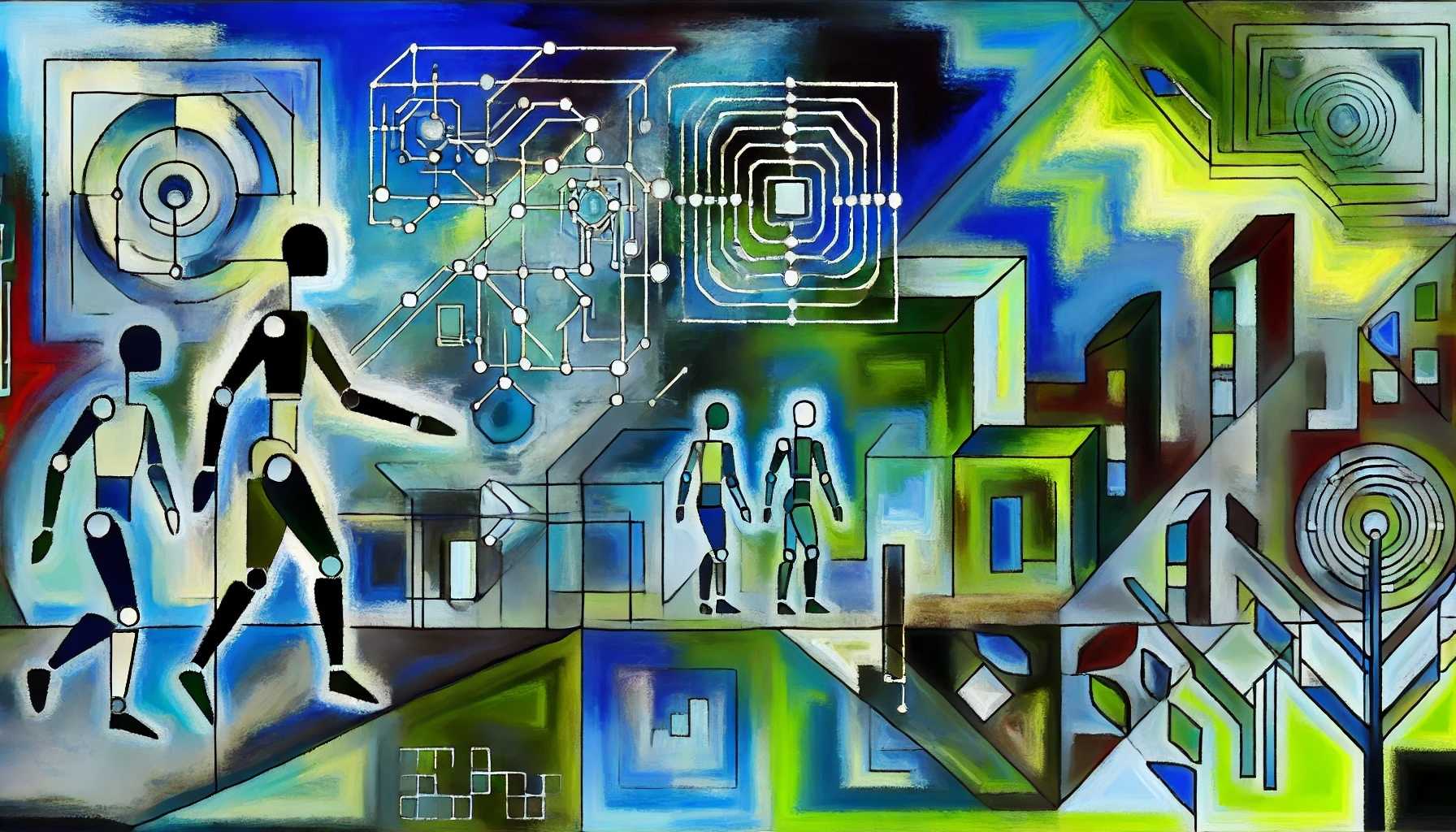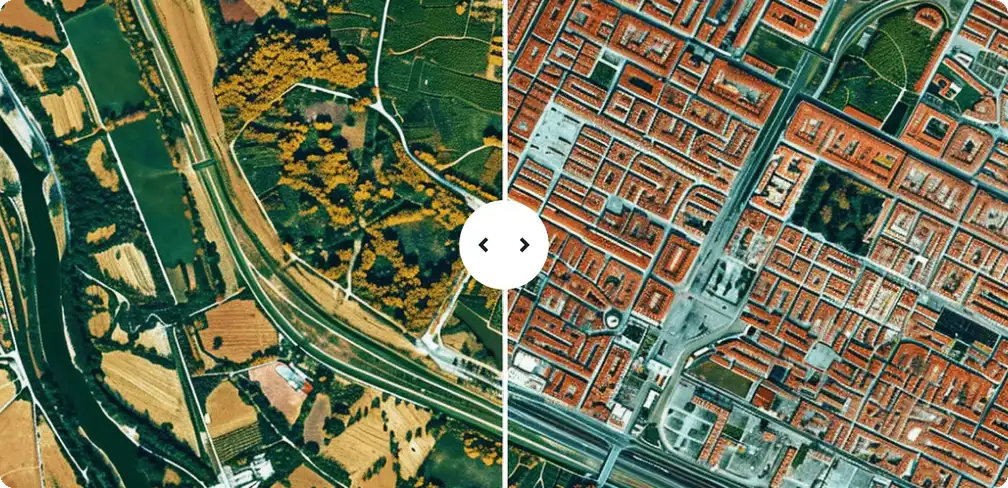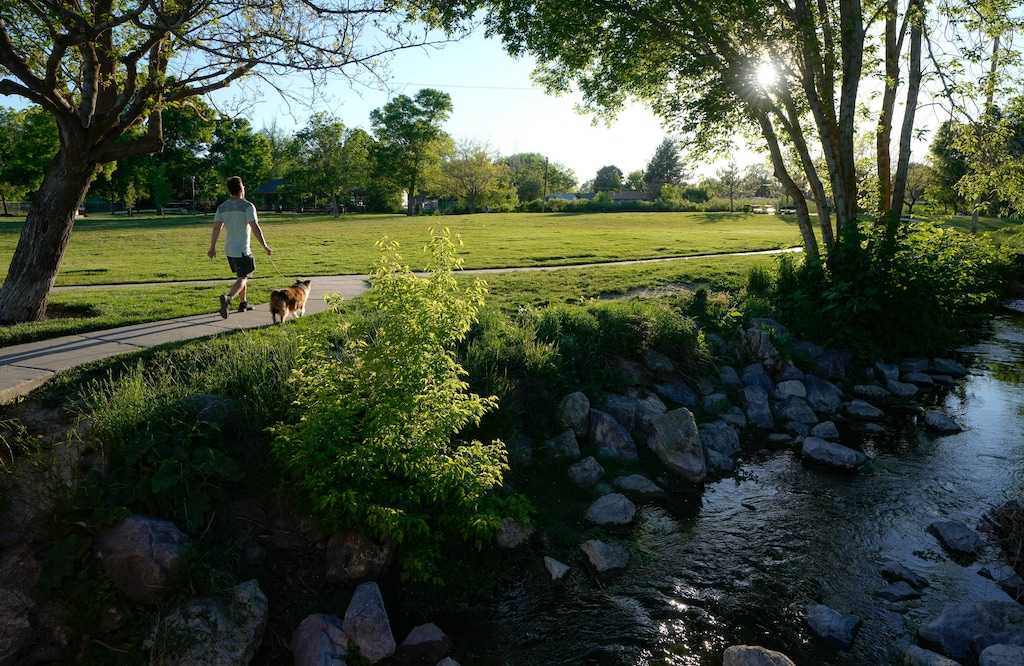
Cultivating natural capital
From quantified to nurtured ecologies.
How likely? How soon? What impact?
Over the next decade, cities will develop sophisticated tools to measure, model, value and nurture their natural environments. Initially, these innovations will focus on high-resolution mapping and scoring of natural capital in cities, from tree canopies to estuaries. More frequent and granular data on land use and environmental changes, allowing for better assessment of climate vulnerabilities and adaptation strategies. Over time, these data will power sophisticated simulations of urban ecosystems, considering factors like climate projections, soil conditions, and community-led stewardship efforts.
As these capabilities proliferate, they will drive a shift from from merely quantifying natural assets to actively cultivating and regenerating them, recognizing their vital role in urban resilience and well-being. This will influence urban planning, property values, and residents' behavior, reshaping the relationship between cities and nature. But cities must make a strategic choice — as autonomous systems are increasingly deployed for quantifying natural capital, strong measures will be needed to avoid simply turning them into financial assets valued only for the market value of services they provide.
Personalized Insights
How might this trend shape your future? Generate a set of personalized insights to explore challenges, opportunities, and potential innovations. Simply select a sector, occupation, and target year — then press the button and let our AI do the work.
Generator Settings
Signals
Signals are evidence of possible futures found in the world today—technologies, products, services, and behaviors that we expect are already here but could become more widespread tomorrow.






